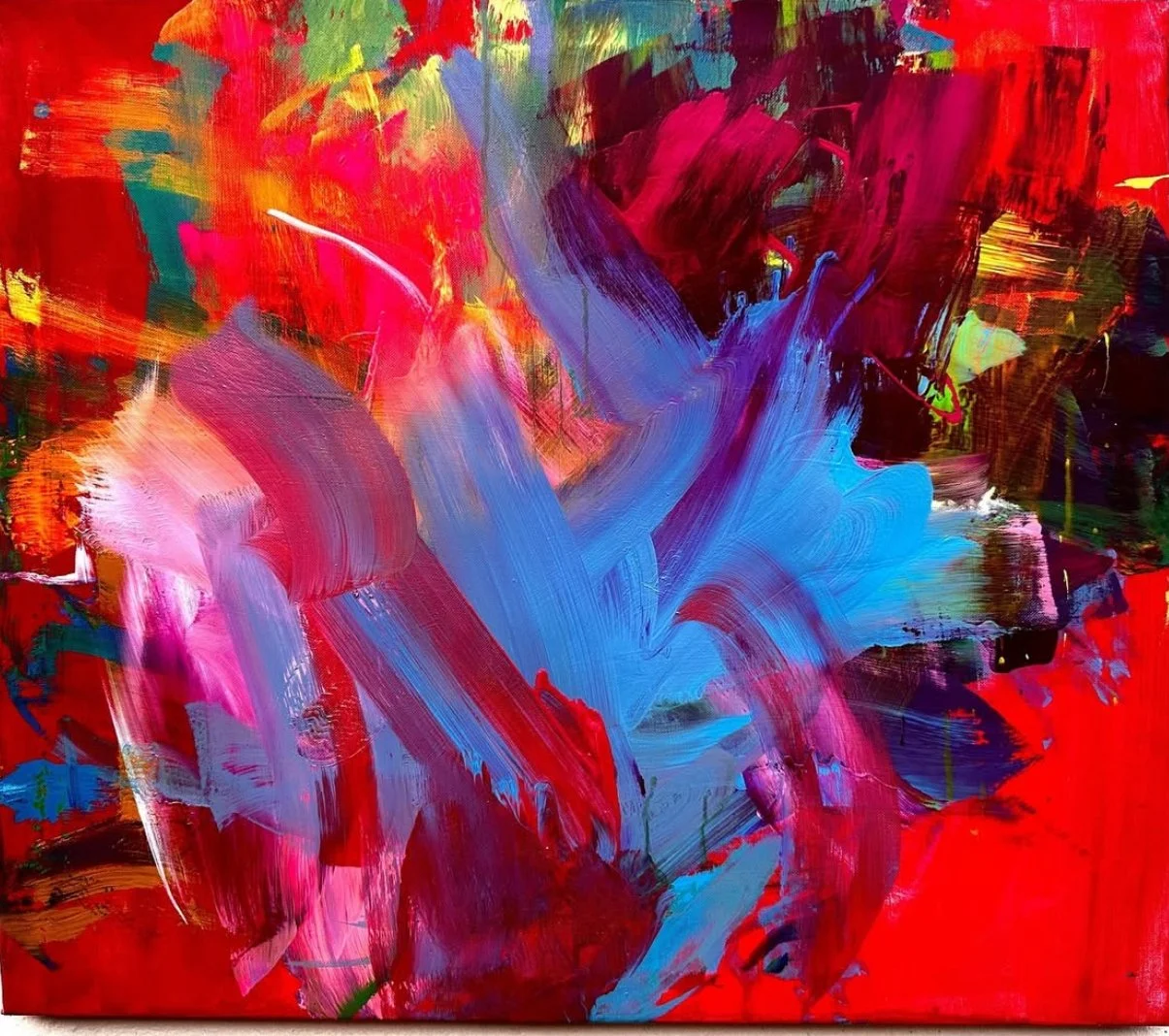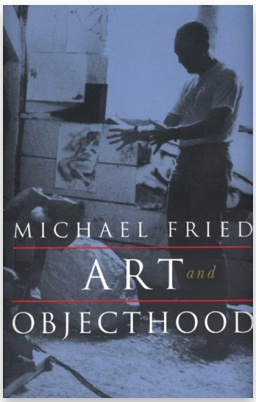Form and Formalism: How Art Freed Itself from Reality
In my previous article, I emphasised how the sustainable message remains the most essential element I look for in contemporary art, as it reflects life through artistic expression. However, art holds its own power beyond my personal preferences or guiding principles. Sometimes, it exists in a realm entirely of its own. This leads us to explore other fundamental elements that shape artistic expression—among them, form stands as one of the most crucial.
Ever wondered why modern art sometimes looks like “nothing”? The answer lies in a revolutionary 20th-century movement called formalism—and understanding it can change the way you perceive art forever.
The Formalist Revolution
In the early 1900s, critics such as Clement Greenberg made a bold claim: art’s value lies not in what it represents, but in how it is made. Rather than judging a painting by how accurately it resembles a person or a landscape, formalists argued that we should focus on colour, line, composition, and the form itself. Greenberg’s theory of the medium held that each art form achieves authenticity by emphasizing its unique features. Painting should highlight flatness and pigment, sculpture its three-dimensionality, and literature its language. By focusing on these essentials, formalism defined art’s value in purely aesthetic terms, apart from representation or moral content.
This thinking championed artists like Jackson Pollock, whose paint splatters weren’t trying to depict anything, but instead offered a pure visual experience. It was radical—art didn’t need to resemble reality to be meaningful.
Ace-Liam Nana Sam Ankrah
Euphoria
At the time of this painting, Ace-Liam was the youngest artist recognised by the Guinness World Records, having just achieved this milestone through a sold-out, widely publicised exhibition. His expressive use of medium reinforces a core principle of formalism: that art can evoke powerful emotions purely through its formal elements—colour, texture, composition—without relying on recognisable forms from reality. [8][9]
Jackson Pollock introduced his signature drip technique in this piece, which gained widespread attention after being featured in the August 1949 issue of Life magazine—an appearance that catapulted him to celebrity status. In September 2015, hedge fund manager Kenneth C. Griffin purchased the painting from David Geffen for $200 million, setting a record at the time. It was subsequently lent to the Art Institute of Chicago. As of May 2024, it ranks as the fifth most expensive painting ever sold. [7]
What Is Form, Anyway?
Form, in the context of art, refers not only to three-dimensional volume but to the total arrangement of visual elements—line, shape, colour, texture, and composition. While a shape is flat (like a circle on paper), form traditionally implies depth, weight, and volume (like a sphere you could hold). But within formalist thinking, form becomes more expansive—it represents how all these elements work together to create a unified visual structure.
Formalism, as a theory, directs our attention to these structural elements, arguing that meaning and value in art lie in how these components interact, rather than in the depiction of external subjects. This view, championed by critics like Greenberg, reshaped modern art by encouraging artists to explore the possibilities within their medium, free from the demands of realism or narrative.
Think of geometric forms like cubes and pyramids, or organic forms that flow like nature—tree curves, rock surfaces, cloud formations. Both types contribute to a work's physical presence, but formalism pushes us to notice how those forms are arranged and what kinds of tensions or harmonies they produce within the composition.
Recommended Reading: Art and Objecthood by MIchael Fried.
Why This Still Matters
Formalism didn’t just change art history—it liberated artists. By asserting that “you don’t have to paint recognisable things,” it opened up infinite creative possibilities. Walk through any contemporary gallery today, and you’ll see this freedom at work.
Abstract paintings, minimalist sculptures, and conceptual installations all owe something to formalism. The movement proved that visual relationships between elements like form, colour, and line can be just as powerful as any realistic portrait. [6]
It also changed the questions we ask of art. Instead of “What is this supposed to be?” we learned to ask, “How is this constructed?” and “How does this make me feel?” That shift transformed not only how art is made, but how it is experienced.
Today, whether artists work realistically or abstractly, they carry formalism’s legacy: the understanding that how something is constructed matters just as much as what it represents.
Myles Igwebuike
Njiko
I had the pleasure of attending Myles Igwebuike’s presentation at the RCA2024 MA Design Products graduation show at the Royal College of Art. His presentation featured a textured, minimalist sculpture which engages viewers through formalist principles—emphasising materiality, form, and spatial presence. However, it is only upon wearing the virtual reality headset that the piece transforms, layering in traditional narratives and cultural memory. The result is a compelling dialogue between pure form and immersive storytelling. [10]
References
[1] TheArtStory, 2024. Formalism in Modern Art - Modern Art Terms and Concepts. Available online at: [https://www.theartstory.org/definition/formalism/] Accessed 26 Aug. 2025.
[2] Encyclopaedia Britannica. 2024. Clement Greenberg: American Art Critic & Modernist. Available online at: [https://www.britannica.com/biography/Clement-Greenberg] Accessed 26 Aug. 2025.
[3] Fried, M., 1998. Art and Objecthood: Essays and Reviews. Chicago: University of Chicago Press. Available at: https://uk.bookshop.org/a/15466/9780226263199
[4] Greenberg, C., 1940. ‘Towards a Newer Laocoon’. Partisan Review, 7(4), pp.296–310.
[5] Greenberg, C., 1961. Art and Culture: Critical Essays. Boston: Beacon Press.
[6] Harrison, C. and Wood, P., eds., 2003. Art in Theory 1900–2000: An Anthology of Changing Ideas. 2nd ed. Oxford: Blackwell Publishing. Available at: https://uk.bookshop.org/a/15466/9780631227083
[7] https://sothebysrealty.co.uk/the-journal/most-expensive-painting-ever-sold/



